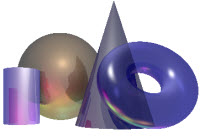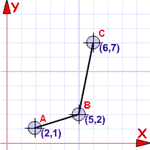Types of Matrices
There are various types of matrices, depending on their structure. Let's explore the most common types:
Null Matrix
A matrix that has all 0 elements is called a null matrix. It can be of any order. For example, we could have a null matrix of the order 2 X 3. It's also a singular matrix, since it does not have an inverse and its determinant is 0.

Any matrix that does have an inverse can be called a regular matrix.
Row Matrix
A row matrix is a matrix with only one row. Its order would be 1 X C, where C is the number of columns. For example, here's a row matrix of the order 1 X 5:

Column Matrix
A column matrix is a matrix with only one column. It is represented by an order of R X 1, where R is the number of rows. Here's a column matrix of the order 3 X 1:

Square Matrix
A matrix where the number of rows is equal to the number of columns is called a square matrix. Here's a square matrix of the order 2 X 2:









